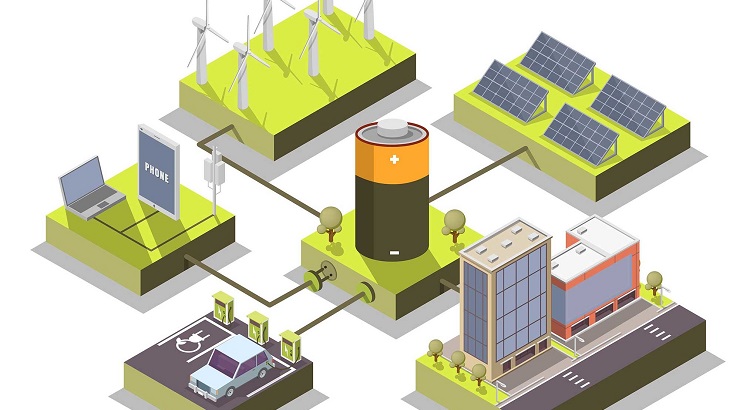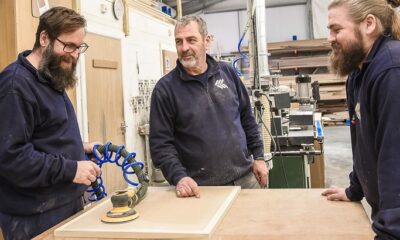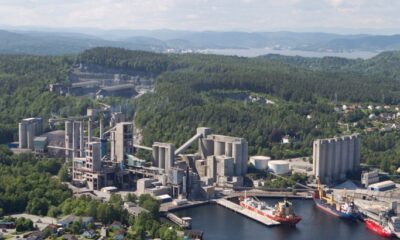Materials & Supplies
New Cement Turns Buildings Into Power Generators
Occupants should not worry about getting electrocuted.

South Korean engineers have invented a cement-based composite (CBC) that can be used in concrete to cause buildings to generate electricity through exposure to mechanical energy sources such as footsteps, rain, wind, and waves.
The engineers from Incheon National University, Kyung Hee University and Korea University designed a CBC with carbon fibres that can also act as a triboelectric nanogenerator (TENG) – a type of mechanical energy harvester.
They developed a lab-scale structure and a CBC-based capacitor using the developed material to test its electricity generation and storage capabilities.
“We wanted to develop a structural energy material that could be used to build net-zero energy structures that use and produce their own electricity,” said Seung-Jung Lee, a professor at Incheon National University.
“Since cement is an indispensable construction material, we decided to use it with conductive fillers as the core conductive element for our CBC-TENG system,” he added.
By turning buildings into electricity generators, the cement will solve the problem of the built environment consuming 40% of the world’s energy, the engineers believe.
Electrocution risks
In the research published in the latest journal Nano Energy, the engineers sort to assuage electrocution fears saying tests had shown that a 1% volume of conductive carbon fibres in a cement mixture was enough to give the cement the desired electrical properties without compromising structural performance.
RELATED: World’s First ‘Carbon Concrete’ House Underway in Germany
The engineers further said that the current generated was far lower than the maximum allowable level for the human body.
In addition to energy storage and harvesting, the new material can also be used to design self-sensing systems that monitor the structural health and predict the remaining service life of concrete structures without any external power.
“Our ultimate goal was to develop materials that made the lives of people better and did not need any extra energy to save the planet,” Prof Lee said.
“We expect that the findings from this study can be used to expand the applicability of CBC as an all-in-one energy material for net-zero energy structures,” he said.












